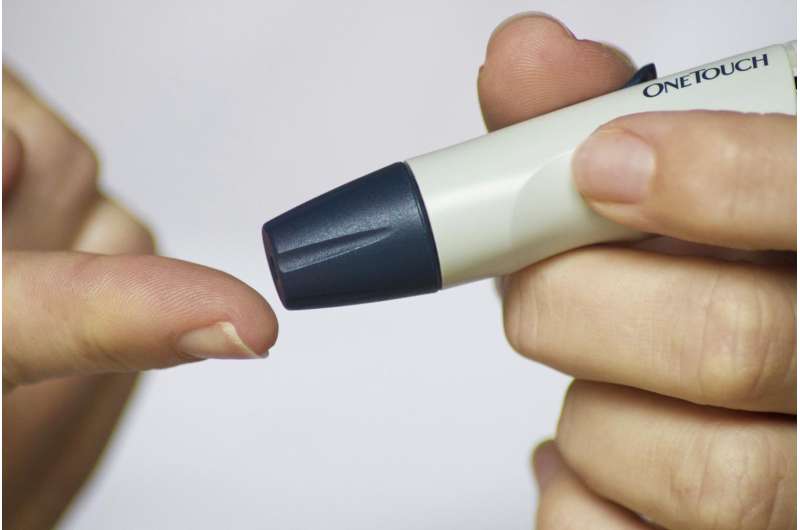Revolutionizing Disease Detection and Monitoring with the Emerging Field of Oculomics

Discover how the emerging field of oculomics uses advanced retinal imaging and AI to revolutionize the detection, prediction, and monitoring of systemic diseases through eye scans.
The rapidly developing field of oculomics is poised to transform how medical professionals detect, predict, and monitor a variety of systemic diseases. Imagine a future where doctors can perform a quick eye scan at reception that reveals information about your heart health, risk of dementia, or even cancer. This innovative approach leverages advanced retinal imaging technologies, comprehensive health datasets, and artificial intelligence to analyze subtle ocular signs that correlate with major health conditions.
Associate Professor Lisa Zhuoting Zhu from the Centre for Eye Research Australia explains that although clinicians have long examined eyes for signs of health issues, recent technological advancements have expanded this practice into understanding the molecular and genetic aspects of eye health. The eye's retina offers a unique window into systemic vessels and nervous tissue, making it an ideal site for detecting diseases indirectly.
Recent research highlights three crucial factors driving progress in oculomics: high-resolution, non-invasive imaging tools like fundus photography and optical coherence tomography (OCT); large-scale health databases that link eye features with overall health; and artificial intelligence systems capable of analyzing massive amounts of ocular images to uncover disease patterns. These innovations enable early detection and risk assessment of diseases such as cardiovascular issues, neurodegenerative disorders, and even cancers.
Researchers like Dr. Wenyi Hu and Dr. Yujie Wang are pioneering applications of AI-enhanced retinal scans. Dr. Hu led a project where retinal imaging in general practice clinics enabled real-time risk assessments for heart disease. Similarly, Dr. Wang's work explores how quickly imaging in emergency settings can reveal critical signs like brain pressure or vascular blockages, helping to expedite diagnosis and treatment.
The vision for the future includes routine eye scans as part of preventive health care, screening for conditions ranging from anemia to Parkinson’s disease. While there's optimism about widespread implementation, challenges such as standardizing imaging protocols, conducting extensive long-term studies, and ensuring that AI tools are accurate across diverse populations must be addressed.
At major conferences, researchers have showcased promising developments and continue to emphasize the importance of building diverse datasets to avoid healthcare disparities. As the field advances, rigorous validation and collaboration between clinicians and technologists are crucial to translate research into practical, reliable medical tools.
Overall, oculomics promises a non-invasive, efficient way to monitor health, potentially revolutionizing how systemic diseases are detected and managed—ushering in a new era of integrated digital ophthalmic diagnostics.
Stay Updated with Mia's Feed
Get the latest health & wellness insights delivered straight to your inbox.
Related Articles
Airborne Fungal Spores as Predictors of COVID-19 and Flu Outbreaks
Monitoring airborne fungal spores can help predict COVID-19 and flu outbreaks, offering a valuable tool for early warning and better public health preparedness.
Alarming Rise of Type 2 Diabetes Among Young New Zealanders Sparks Health Concerns
New Zealand faces a health crisis with a rising number of young people developing type 2 diabetes. This early-onset form of the disease is linked to obesity, social inequality, and lifestyle factors, challenging health systems and requiring urgent, coordinated action.
The Role of Continuous Support in Maintaining Weight Loss Post-Diet
Ongoing support plays a vital role in helping individuals maintain weight loss over time. A recent study finds that regular contact is effective, and personalized schedules may not offer additional benefits. Learn more about long-term obesity management strategies.
Early visual deprivation in infants may influence brain pathway development
Research suggests that limited visual input in infancy may help organize the brain's visual pathways, shaping how we perceive shape, color, and motion. Learn how early visual experience influences neural development.



